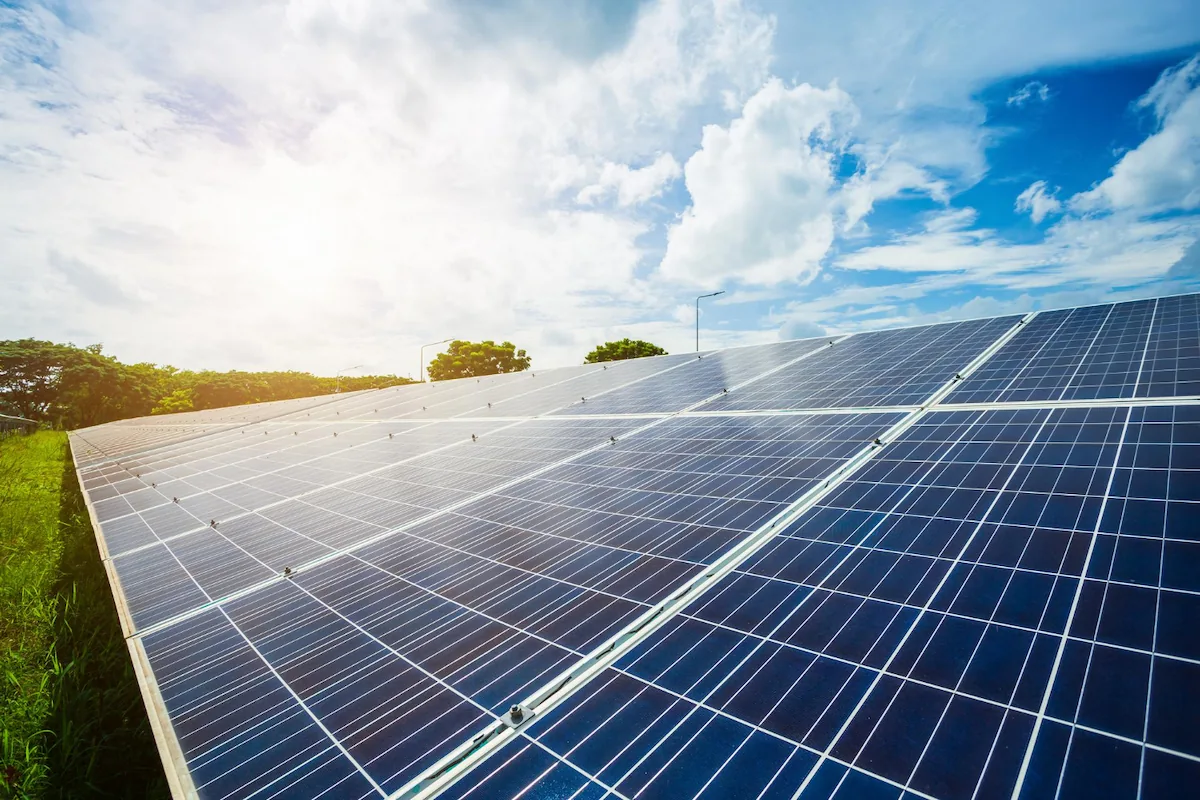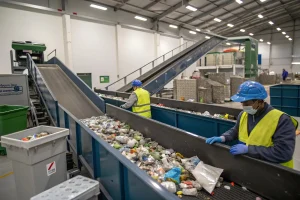Table of Contents
Did you realize that you frequently use fossil energy in your daily life? From fuels, power plants, to job provider industries, they mostly use fossil energy to work. Yet, did you know that fossil energy is non-renewable? That’s very unfortunate, right?
According to data from Badan Pengkajian dan Penerapan Teknologi, energy needs in Indonesia have massively increased for every type. Below is the data about the energy needs of every sector:

Based on the data, you can see that the energy needs keep increasing along with the limited fossil energy. Thus, there must be other alternatives to overcome it aside from fossil energy.
One of the alternatives is leveraging new renewable energy, and one of them is solar energy. The Ministry of Energy and Mineral Resources reported that solar energy in Indonesia reaches 4.80 kWh/m2/day, which is a good potential to use as an alternative to limited fossil energy.
To use solar energy, you can use solar panels as the electricity source. But, how do solar panels work in a house? Read the explanation below to learn more about solar panels, how they work, their benefits, and their types!
What Is a Solar Panel?

Solar panels are tools that convert sunlight into electricity using photovoltaic cells. The photovoltaic principles implemented in the panels are from the semiconductor, like silicon, producing an electric current when in touch to sunlight.
Every photovoltaic cell in solar panels emits a small-scale electric current. Yet, if all cells are unified, they can create more power to generate electricity in a building.
Therefore, in addition to reducing gas emissions, using solar panels also helps you save electricity every day.
How Do Solar Panels Work in a House?

Now, you already know that solar power is among the new renewable energy sources you can use instead of fossil energy. You can use solar power by utilizing solar panels as an intermediary. So, how do you do it? This is how solar panels work to convert solar heat into electricity:
1. Photon Absorption from Sunlight
How do solar panels work in a house? First, the photovoltaic cells in the silicon (the semiconductors) will absorb the photons from sunlight. When sunlight hits a solar cell made of semiconductor material, photons will be absorbed by the atoms inside.
2. Photovoltaic Effect Occurs
Solar panels are also called photovoltaic cells working with the photovoltaic effect principles. The photovoltaic effect occurs after photons are successfully absorbed from sunlight. Furthermore, this photovoltaic effect is also known as converting solar energy into electricity.
3. Electron Releases from Atoms
The next process is the release of electrons from atoms. After the energy from sunlight is transformed into electricity, photons will reach the solar cells, releasing electrons from atoms in semiconductor particles and creating an electric current.
The electric current will be stored in a battery and used to generate daily electricity. However, many people are still confused about solar panels and solar cells.
In general, solar cells are the smallest unit working to convert solar energy to electricity, and solar panels are a group of solar cells.
Read also: 6 Ways to Conserve Energy with a Sustainable Lifestyle
Types of Solar Panels

Generally, solar panels are divided into three categories based on the semiconductor materials used in the manufacture. Here are the types of solar panels you should know:
1. Monocrystalline Silicon (Mono-Si)
Monocrystalline Silicon is made of pure silicon crystals, causing the panes to have a more organized structure and high efficiency compared to other solar panels.
With an organized structure, the Mono-Si panels can absorb more sunlight and produce electricity more efficiently. However, the initial building of this solar panel might be high.
2. Polycrystalline Silicon (Poly-Si)
Different from Monocrystalline Silicon, Polycrystalline Silicon has an unorganized structure made of pieces of silicon melted together.
The absorption rate is also typically lower than the Monocrystalline Silicon solar panel because it is not composed of pure silicon. On the other hand, producing this kind of panel is less expensive.
3. Thin Film Solar Cell (TFSC)
As the name suggests, TFSC solar panels are made of a thin layer of photovoltaic material bonded to a glass, plastic, or metal surface.
It has lower efficiency than silicon solar panels. Thus, TFSC is better for non-conventional purposes or areas that require electricity with a lighter current.
Read also: Why Is Using Too Much Electricity Bad for the Environment?
Advantages of Solar Panels

Solar panels use new renewable energy from the sun to reduce fossil energy use. Other than the solar panels’ benefit to reduce fossil energy use, here are other advantages you can get:
1. Save Electricity Costs
According to data from the Ministry of Mineral Resources and Energy, the electricity use in Indonesia in 2024 reached 1,441 kWh per capita. The number increased by 7.78% compared to 2023, which was 1,337 kWh per capita.
Seeing the numbers, it may be concluded that it is the right time to save electricity to prevent cost increases in the following years. Additionally, you can lower the use of subsidized electricity from the government by using solar panels.
Many industries that need power may decrease their electricity bills and produce their electricity by knowing how solar panels operate.
2. Reduce Gas Emissions
In addition to saving electricity costs, solar panels also contribute to nature preservation by generating electricity without emitting greenhouse gases.
Data from the Ministry of Mineral Resources and Energy mentioned that in 2024, there was a decrease in greenhouse gas emissions in the energy sector, reaching 147.61 million tons of CO2. This number exceeded the target set at 142 million tons of CO2.
In 2025, the greenhouse gas emissions are targeted to decrease by 10.5%. With a higher target, greenhouse gas emissions must also be reduced to lower the target in the following years.
Regarding this, the use of solar panels is one of the alternatives to reduce greenhouse gas emissions in generating electricity, remembering that the electricity supply sector is the second largest contributor of greenhouse gas emissions after the manufacturing sector.
In terms of solar panels, Krakatau Chandra Energi, as a subsidiary of Chandra Asri Group, offers three solar panel installations: on-grid, off-grid, and hybrid solar panels.
Moreover, you can conserve the environment by joining Indonesia Asri and being part of Warga Asri. By becoming Warga Asri, you can preserve the environment in many simple ways and through challenges like #SiPalingSustainable.
Interesting, right? Register yourself now and become a Warga Asri who is ready to contribute to nature with Indonesia Asri.
Read also: Micro Hydro Power Plant: Its Benefits and How It Works









